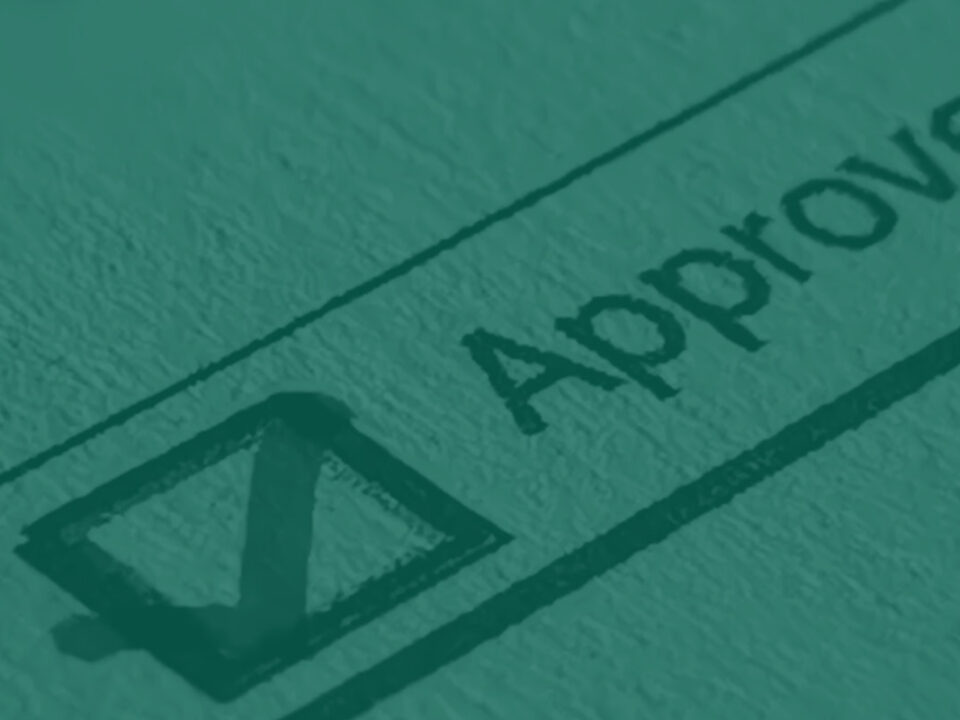This article was updated on July 6th, 2023
- Services
- [email protected]
- Dubai: +971 4 878 6240 Riyadh: +966 56 865 2329

HOW TO APPLY FOR A DUBAI RETIREMENT VISA: GUIDE
October 12, 2020
ESTABLISHING RAK FOUNDATION & ASSET PROTECTION – THE HOW & WHY?
October 13, 2020
6 ONLINE CASHFLOW MANAGEMENT TIPS TO IMPROVE YOUR BUSINESS
This article has been researched and written by Scott Cairns and the team at Creation Business Consultants and has not used AI in generating this article.
Cash has always been the lifeblood of business, and cashflow management should already be an integral part of your overall business strategy. COVID has seen many enterprises face challenges across the business but particularly in generating, collecting, and managing cash. In this article, we focus on several key areas and strategies to think about both to help sustainably manage cashflow and to set your business up for future growth.
CREATE AND REGULARLY UPDATE YOUR CASHFLOW FORECAST
Cashflow forecasting is essential to managing cash, you really cannot operate a business successfully without accurate cashflow forecasting. 12 weeks is standard as it gives you a good forward view without being too far in advance to be a guesstimate.
Look to update your cashflow forecast on a weekly basis. The more regularly and accurately you can update and maintain your forecast the better view you will have on your business’ lifeblood.
Model various scenarios of changing revenue and adjusted costs to see which areas have the biggest impact on your cashflow as this will help inform your resource allocation in managing cashflow.
UNDERSTAND YOUR ONGOING EXPENSES
Conduct a thorough review of your ongoing business expenses. Are all of these required at the current time? Should you be placing restrictions on areas such as entertaining or travel?
Consider the split between fixed and variable expenses. Are there areas that you can move to variable, such as outsourced back office functions, using contract resources, leasing your fleet instead of owning, leasing variable instead of fixed warehousing space?
When reviewing headcount from the fixed/variable perspective be sympathetic to the challenging situation your staff are also in, and bear in mind that people make businesses. Redundancies should be a last resort after considering changes to working hours, short term pay reductions and workload re-balancing.
MANAGE YOUR RECEIVABLES
Generating cash is critical in maintaining strong positive cashflows. Regularly reviewing and following up on your receivables is fundamental to this process. If your customers are struggling then offering payment plans, and potentially discounts, can help the flow as well as improving your relationship during what is a tough time for so many. If the relationship has broken down and you’re struggling to collect, then outsourcing/selling on the debt is another option to consider.
In the longer term, undertaking risk assessments and/or credit referencing before extending credit terms can help ease the future burden.
NEGOTIATE YOUR PAYABLES
Extending the payment cycle is another area that’s key in maintaining strong cashflows. You should reach out to your key suppliers to negotiate longer credit terms, payment holidays or discounts. If you are leasing your premises do the same with your landlord. In these discussions you will need to be sympathetic to the reality that your suppliers are likely to be in the same situation as you, and you don’t want to damage the long term relationship with them for a small short term cashflow gain.
Take the time to review the arrangements you have in place with your key suppliers; Are you getting the best rates in the market?
LIAISE WITH YOUR BANK AND OTHER FINANCE PROVIDERS
If your business is partially debt financed, then entering discussions with your bank/finance providers can help ease the cashflow burden. Look for payment holidays or renegotiated finance arrangements that are less onerous on your business.
REVIEW YOUR INVENTORY HOLDINGS AND CAPITAL EXPENDITURES
Having cash tied up in inventory can present a risk, particularly during market slowdowns. Take the time to complete a detailed analysis of your inventory turnover, the age of your stock and whether any is becoming obsolete.
Review your demand planning process and safety stock policies; Are they appropriate to current and expected levels of demand? Consider selling inventory that you do not expect to use in the short to medium term.
Similarly, with Capital Expenditures take a fine toothcomb to your proposed spends, prioritising those that are key to driving business growth in the short term and postponing those that are not. Existing capital can also be reviewed with a view to selling equipment that is no longer required or selling and leasing back your core capital equipment.




